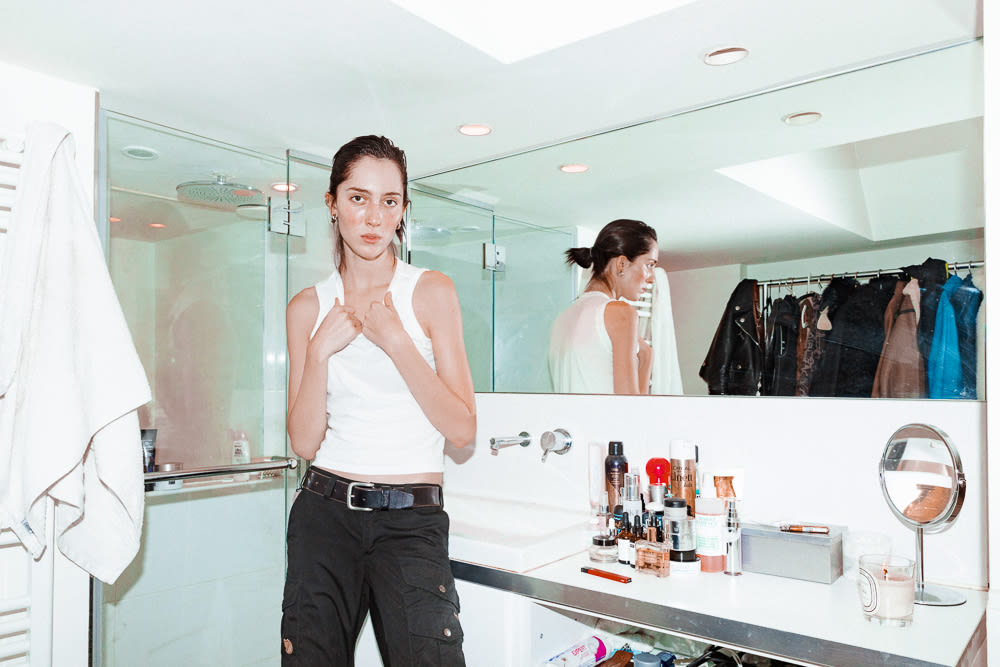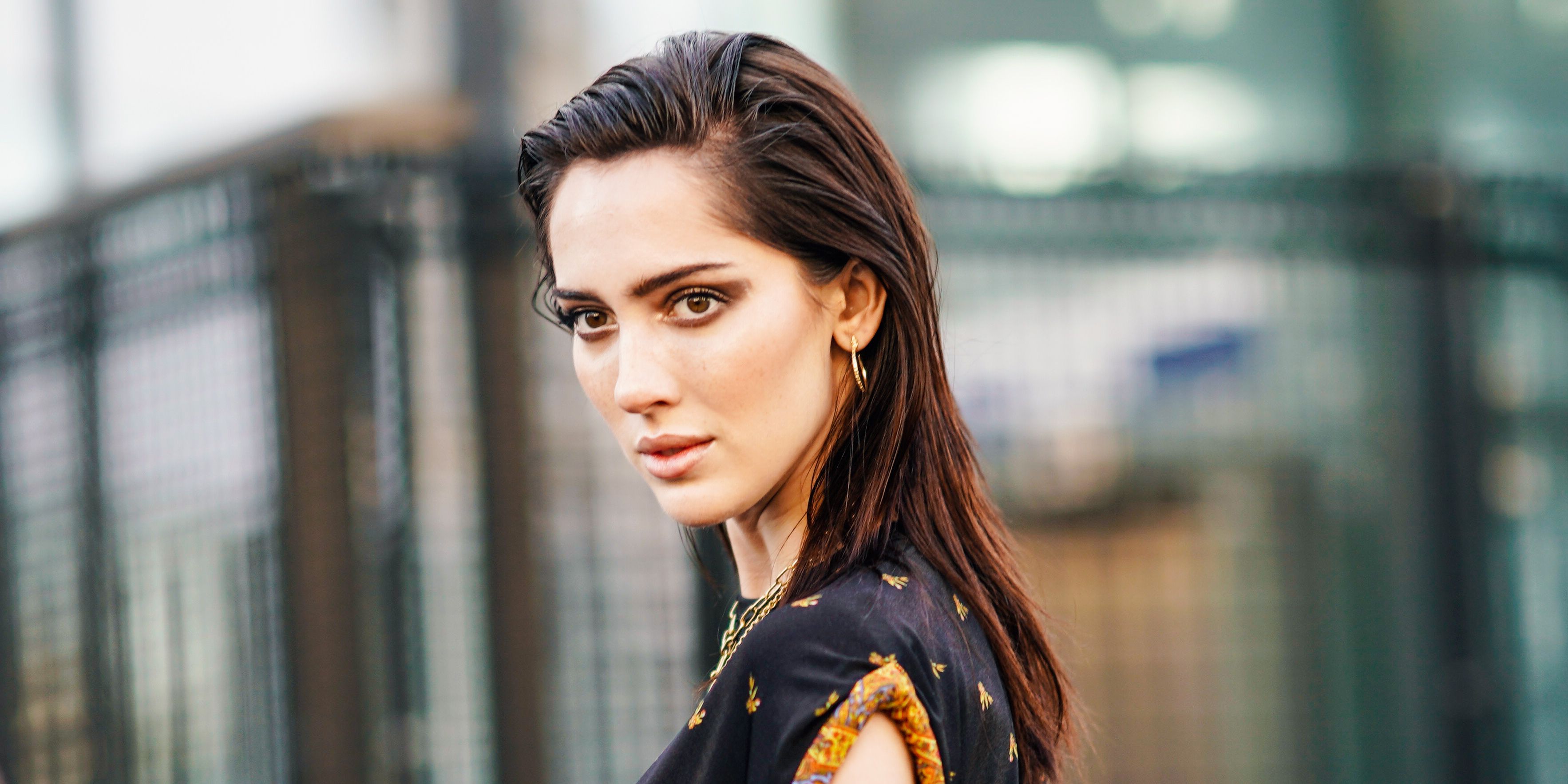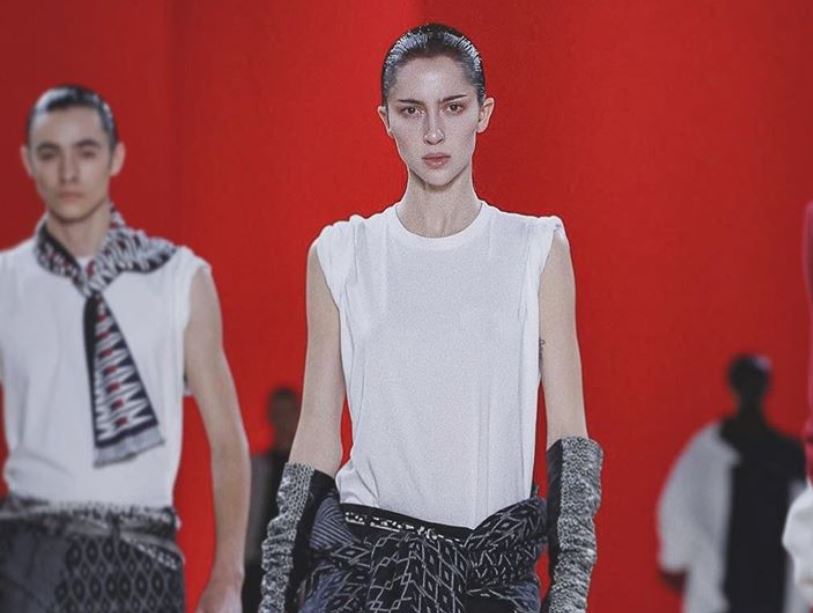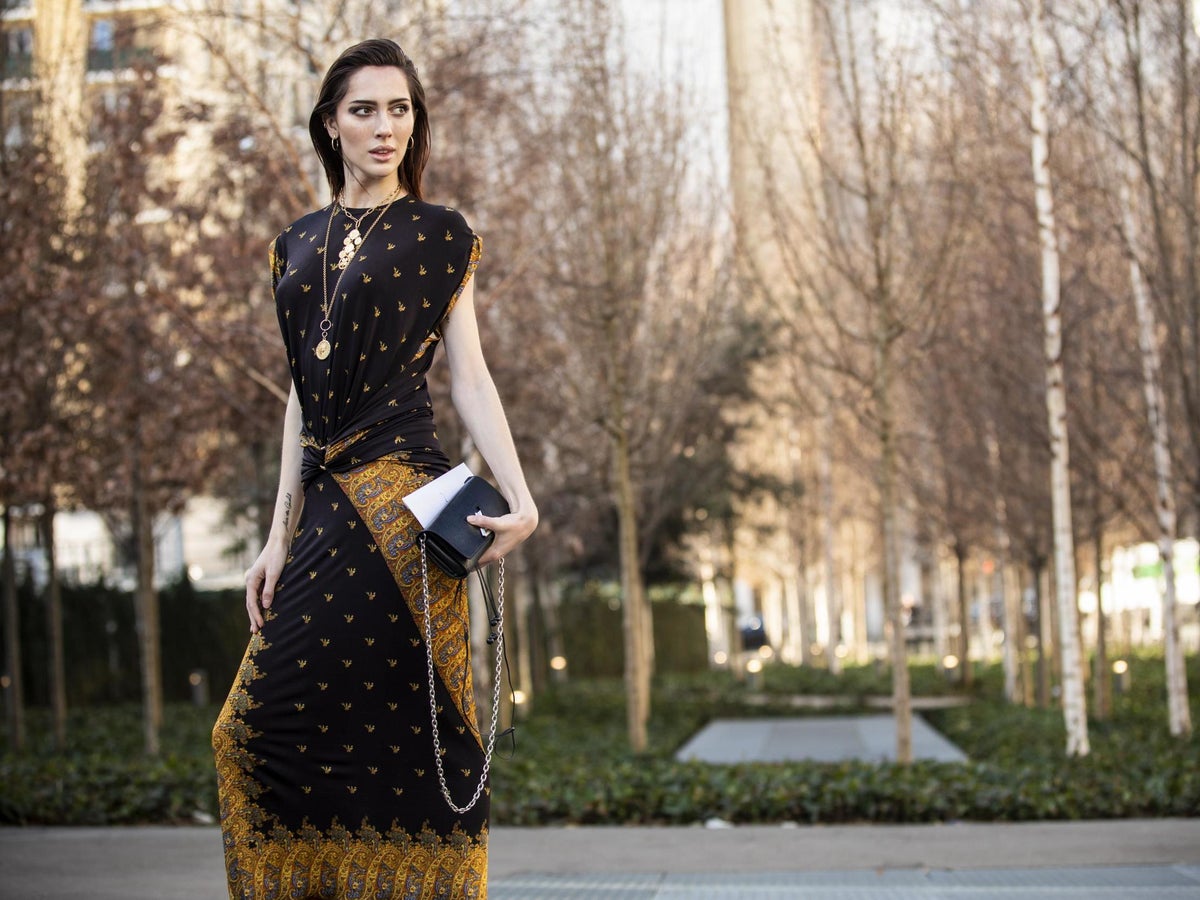Of recent years there’s been a huge shift in the zeitgeist around inclusivity, and the Fashion world has experienced this earthquake like none other.

Gone are the days of industry-picked supermodels: the Helenas, Kates and Giseles of yesteryear are being replaced by a new more diverse and disruptive set, and their popularity comes from the ground up. With huge social media followings, global citizenry and points of view that inspire plurality, equity and social justice, this new vanguard of models in the Fashion industry are representing like never before.
Theodora Quinlivan, known in the industry as ‘Teddy’, is a perfect example of where things are headed. Her career went stellar when discovered by Louis Vuitton’s creative director Nicolas Ghesquière in 2015. At 23, the popular Boston-born model walked the catwalk for Jeremy Scott, Carolina Herrera and Diane Von Furstenberg. Then in 2017 she caused a stir at New York Fashion Week when she came out as transgender in an online interview with CNN Style and on Instagram.
“I’ve decided to reveal my trans identity because of the political climate in the world right now — particularly in the United States,” Teddy said. “We made an amazing progression under the Obama administration, and since the new administration took office there’s been a kind of backlash.”
Why she hid what she calls her “darkest secret” is not only political but historical, harking to an environment which has traditionally been harsh to those that fall outside the gender norms.
“Darkest Secret”

Take the popular ’60’s British Vogue underwear model, April Ashley. When a British newspaper revealed she was transgender she never worked in the country again. In the 70’s, Tracey “Africa” Norman was a black trans model who hit the height of her career as the face of Clairol’s hair dyes. She went on to shoot for Vogue Italia, Ultra Sheen, Avon, and Essence before her career prematurely ended when outed as trans in 1981. Even as late as 2003 the likes of trans Senegalese model Barbara Diop found their gender status to close doors when private became public.
Perhaps thanks to the 2009 appearance of trans model-wannabe Isis King on America’s Next Top Model, in the past decade gender plurality has come to the surface of public consciousness, creating a new awareness and greater acceptance. In the last couple of years advocates such as Andreja Pejic and Valentino Sampaio have come on the scene as openly trans from the get-go, breaking records with covers on Vogue and Sports Illustrated, and securing contracts with L’Oréal and Victoria’s Secret.
But for Teddy the journey has been more nuanced. Fighting stigma, she first had to come out to her conservative parents:
“I actually started taking hormones when I was 17. I grew up in Boston and knew early on that I was very much female, despite my anatomy. I would sneak into my mom’s closet and play dress-up. Unbeknownst to my parents, I would change into girls’ clothing and put on makeup once I got to school. I understood at a young age that fashion is about identity and self-expression, and that we convey gender through clothing. People would say, “Take that dress off; you are a boy!” But I’ve always been rebellious. I thought, Fine, you don’t want me to wear a skirt? I’m gonna wear one every day. I was viciously bullied for it. When I would defend myself, I’d be the one in trouble. Every time in the principal’s office, it was the same spiel: “If you don’t want people to bully you anymore, then conform.”
Shifting Identities

Teddy’s mother was reluctant, but eventually helped the transition with medical care and support. Her dad took a little longer to accept change.
“My dad had always discouraged me from coming out as transgender publicly, since there are a lot of people who want to hurt trans people simply for existing. When I started modeling after high school, I chose to conceal my truth. Because I was so passable as female, I was closed off to the idea of telling anyone. I had a very normal life”
Once her parents saw that Teddy could live in the world safely and comfortably the process got easier. Still, she had to battle the ups and downs of hormone replacement therapy, her shifting identity and inner turmoil to share her truth with the world.
“Transitioning isn’t just a matter of growing out your hair, wearing heels, and piercing your ears. Taking hormones affects your mood; it’s like being born again. It changes not only the way you look but the way you see the world. While my career was taking off—I was signed when I was 22—I was going through a lot emotionally. All of a sudden, I was acting like a prepubescent girl. And since I was concealing my identity, no one understood. So about a year ago, I decided to come out to my bookers, Michael and Pedja. They had no clue. Telling them opened their eyes and helped them better understand my situation. I realized I was ready to tell the world.”
Teddy’s decision to go public became inevitable as the political climate in the US shifted, Trumpism intensified division in the community and the sense of urgency increased.
“There’s been violence against transgender people — particularly transgender women of color — since before I even knew what transgender was. I just felt a great sense of urgency. I’m very fortunate to be in (a) position (that) I never really thought I would be. It’s really important to take advantage of a time like this.”
Growing Acceptance

Teddy’s decision has prompted a fair share of negativity but also garnered much support from within the industry. Designer Marc Jacobs is at the forefront of supporters:
“I respect, admire and support Teddy’s decision to come out as transgender. Now more than ever it is vital that we pledge our allegiance to the LGBT community and use our voices to encourage and inspire acceptance, equality, understanding and love.”
GLAAD president Sarah Kate Ellis added that Teddy is “sending a phenomenal message to transgender youth by using her personal story to show that transgender women can and should aspire to be whatever they want to be.”
Luckily for Teddy, her “darkest secret” has lead to greater opportunity and a platform for her community. At 5’11”, with amber eyes and magnificent cheekbones, she’s modelled for Chloé and in 2019 became the first openly transgender model to be hired by Chanel. John Galliano also chose her to front the Margiela Mutiny fragrance campaign. Contrary to the usual flowery, romantic branding of other perfumes, Margiela Mutiny offers a sultry, tuberose-and-leather-infused scent that’s all about defying convention and gender norms.
In her personal life Teddy is somewhat of a rebel, embracing her sexual plurality to challenge and confront. A scroll through her Instagram shows a woman who’s not afraid to bare it all. With her body positive attitude and advocacy, Teddy’s profile continues to go from strength to strength, and she currently ranks as one of the “Top 50” models by models.com.
A New Vanguard

Moreover, Teddy is upbeat about the ramifications of her new role as a leader of justice and equality. She has even embraced it, using her platform to publicly boycott any designer or brand linked to sexual misconduct after having experiencing it herself.
“Hopefully my story reaches people in the same way that the stories of Laverne Cox and Janet Mock have (already) reached trans people. There are not a lot of openly trans people in media, and I think it’s really important to show people that not only am I trans, I’m (also) very successful and good at what I do…. The transgender community needs more visibility. And with more visibility will come more acceptance.”
Since joining the vanguard of celebrities and public figures advocating for gender diversity in the public eye, Teddy has found herself forever battling ignorance and adverse stereotypes. Many see trans people as mentally unwell or unfit for regular work. Teddy uses herself as an example of how they can succeed in even the most judgy places.
“I am proof—a successful model who happens to be transgender. And I think fashion, in terms of social power, is the most important industry. Advertising has tremendous impact in terms of who and what we find attractive. It’s a hard sphere to penetrate. But I have.”
Subscribe to FIB’s Weekly Alchemy Report for your weekly dose of music, fashion and pop culture news!







